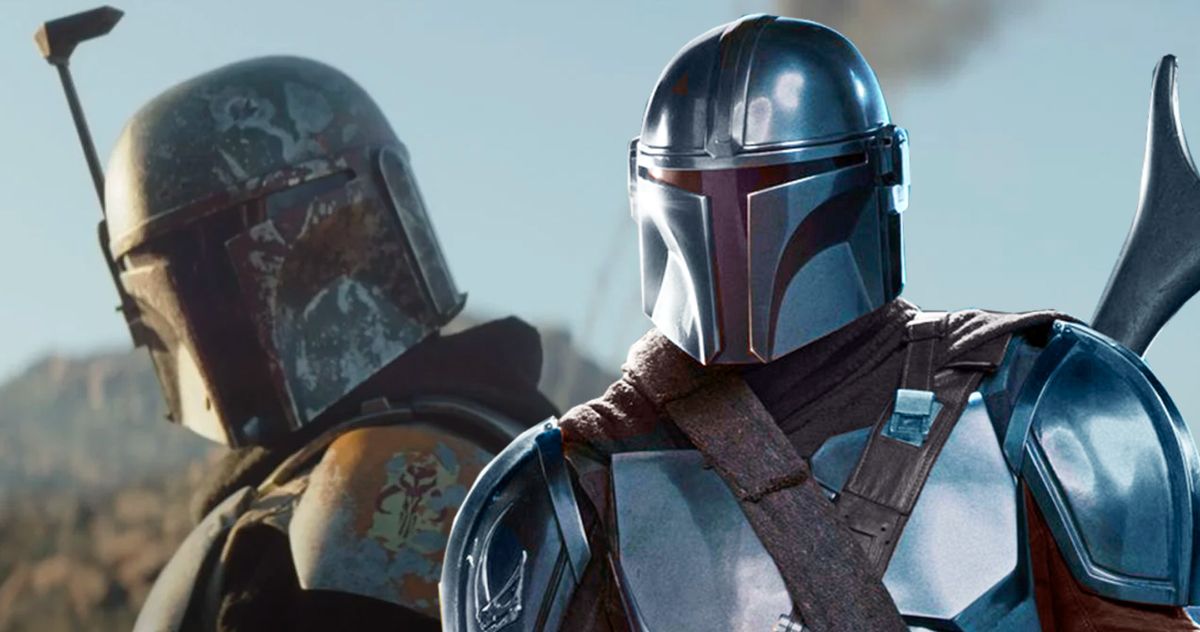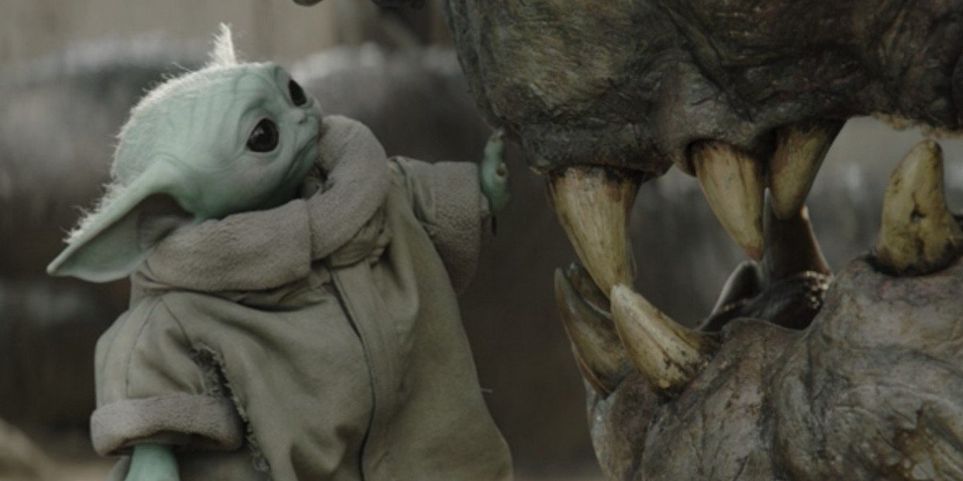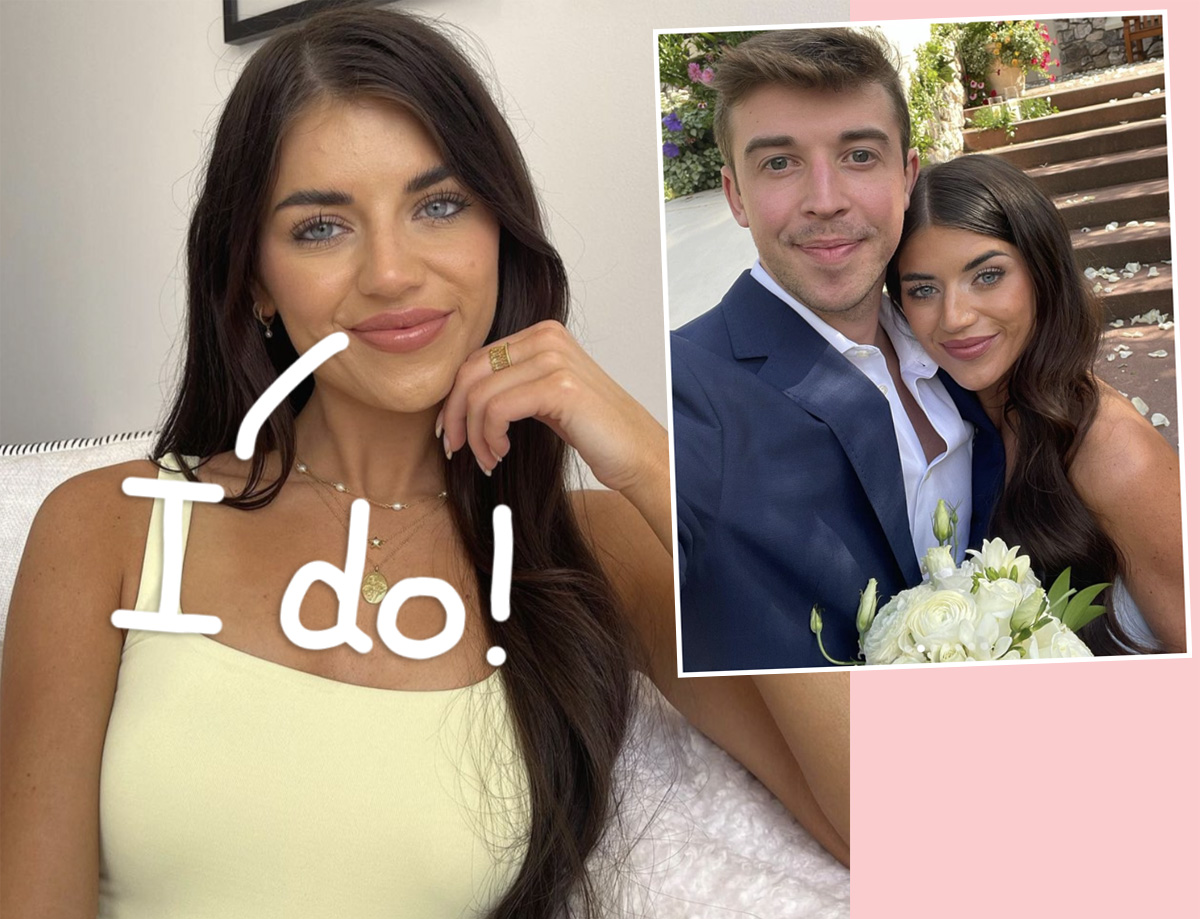#Why Shifting to The Mandalorian Arc in The Book of Boba Fett Was Genius

Table of Contents
“#Why Shifting to The Mandalorian Arc in The Book of Boba Fett Was Genius”
You frantically check the menu. Yep, this is The Book of Boba Fett. “Maybe this is a flashback,” you say to yourself, “maybe they’re just showing us a bit of Mando’s past that has something to do with the current events on Tatooine. Yeah, that’s it!” Then Mando wields the darksaber. “This is now!” you scream. “This is now! This is Mando post leaving Baby Yoda!” And without your permission or consent, you’re crying.
The Mandalorian, Season 2.5

The remainder of The Book of Boba Fett is very much The Mandalorian, season 2.5, which is problematic from a technical and traditional standpoint. The series has since been met with the most divisive criticism since the J.J. trilogy, the consensus being that the Boba Fett ball was dropped in a big way. For almost half of his show, the titular character takes a back seat or doesn’t appear at all. Aside from anthropologically interesting flashbacks with a Tuscan tribe, some deep-voiced conferences with the ultimate baddie Fennec Shand, and some charming political and social maneuvering, Boba Fett himself does not have much of an arc.
A reformed bounty hunter, Fett sets out to become the best Daimyo Mos Espa has ever seen, a pillar of diplomacy, inclusivity, and justice. That’s exactly what he does at comparatively little inconvenience to himself, his well-being, and his clan, aside from the tragic losses of his favorite bodyguards and some unspecified injuries suffered by the Marshall. He even gets to defeat the show’s big bad guy, the enthralling Cad Bane, and ride a rancor with whom he has emotionally bonded for life. Cool! The end! But there’s not too much here, especially to fill seven episodes. And finally, Fett’s upstaged by the Mandalorian himself, as the widely longed-for reunion between Mando and Grogu takes precedence over all the other painstakingly developed, Boba-centric drama. Is this all we’ve got to show for Boba Fett? Well, yes! And it’s not a problem.
What The Book of Boba Fett Means

Fans got to see their longtime favorite bounty hunter’s transformation from hired gun to man in charge and learned a little something about the classic Star Wars people, the Tusken Raiders, along the way. We also got to watch the bond between Fett and Shand solidify, though we stand to do more with their exchanges in the future! In addition, fans got to spend some time with the Mandalorian, who is grappling with the annoyances of the public interstellar transportation system after losing his ship and is visibly struggling with the absence of Grogu and his lost identity as protector and father.
Fans got to see Luke Skywalker – let’s repeat, Luke Skywalker – in all his deaged, Return of the Jedi glory. Is the CGI perfect? No. Is the voice technology perfect? No, but it’s pretty darn good, and it is still at least a representation of Luke Skywalker. It is still one of the most formative, legendary, and culturally and socially influential characters of modern cinema, on the screen, talking to his father’s live-action padawan from The Clone Wars, Ahsoka Tano. Skywalker is training Baby Yoda, who rides around in a backpack while Luke regales him with stories of the great Master Yoda himself.
Finally, fans got to see Grogu make the ultimate choice, return to Mando, and enjoy whatever adventures lie in wait after this decision. We got to see Grogu fly into Mando’s arms, watch as the Mandalorian tells Grogu he missed him and that everything is going to be okay (wipes tears off the keyboard). And there are still people who complain about the title of this masterpiece! It is called The Book of Boba Fett, meaning that it belongs to Fett; its events transpire inside his world, though they needn’t revolve around him entirely.
The Bold Decision Pays Off

Moreover, there’s a genius creative component to the showrunners’ decision to make this a Book of many of the Star Wars characters we know and love, not just one we are hoping for some more backstory. Showrunners Favreau and Filoni, in their infinite, ever-evolving wisdom, took a big chance. They courageously threw caution to the wind in a no-holds-barred experiment crafted to surprise and delight their fans: a Grogu and Mando reunion when nobody saw it coming.
They knew we weren’t expecting Mando, Grogu, Luke Skywalker, Ahsoka Tano, and R2D2 to show up in a Boba Fett show, and they seized the opportunity to sweep us off our feet. It’s a bold move, one only Favreau and Filoni could make. They knew how beloved Temuera Morrison is and understood the emotion and nostalgia of the Jango and Boba Fett father/son story. They knew the fans were in, no matter what they were going to put in front of us, and boy did they get us.
There are certainly valid criticisms about the series finale, such as Grogu calming the injured and frightened rancor beast rather than its own master, Boba Fett. He is busy recovering from his fight with Cad Bane. Grogu didn’t necessarily need to be the character to achieve this on a show not named for him or anyone in his posse, but then again, yes, he did.
Read Next
About The Author
If you liked the article, do not forget to share it with your friends. Follow us on Google News too, click on the star and choose us from your favorites.
For forums sites go to Forum.BuradaBiliyorum.Com
If you want to read more Like this articles, you can visit our Social Media category.



